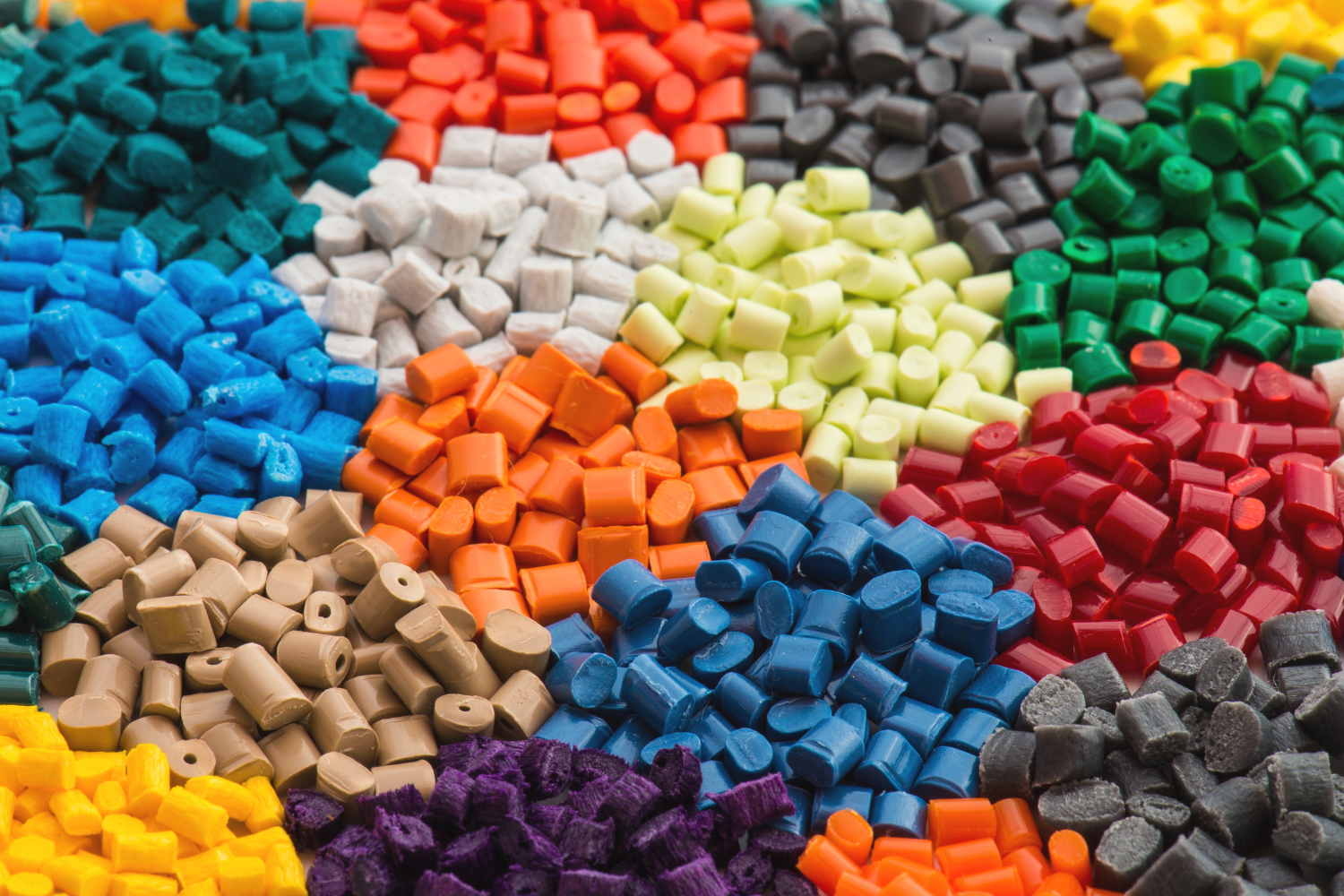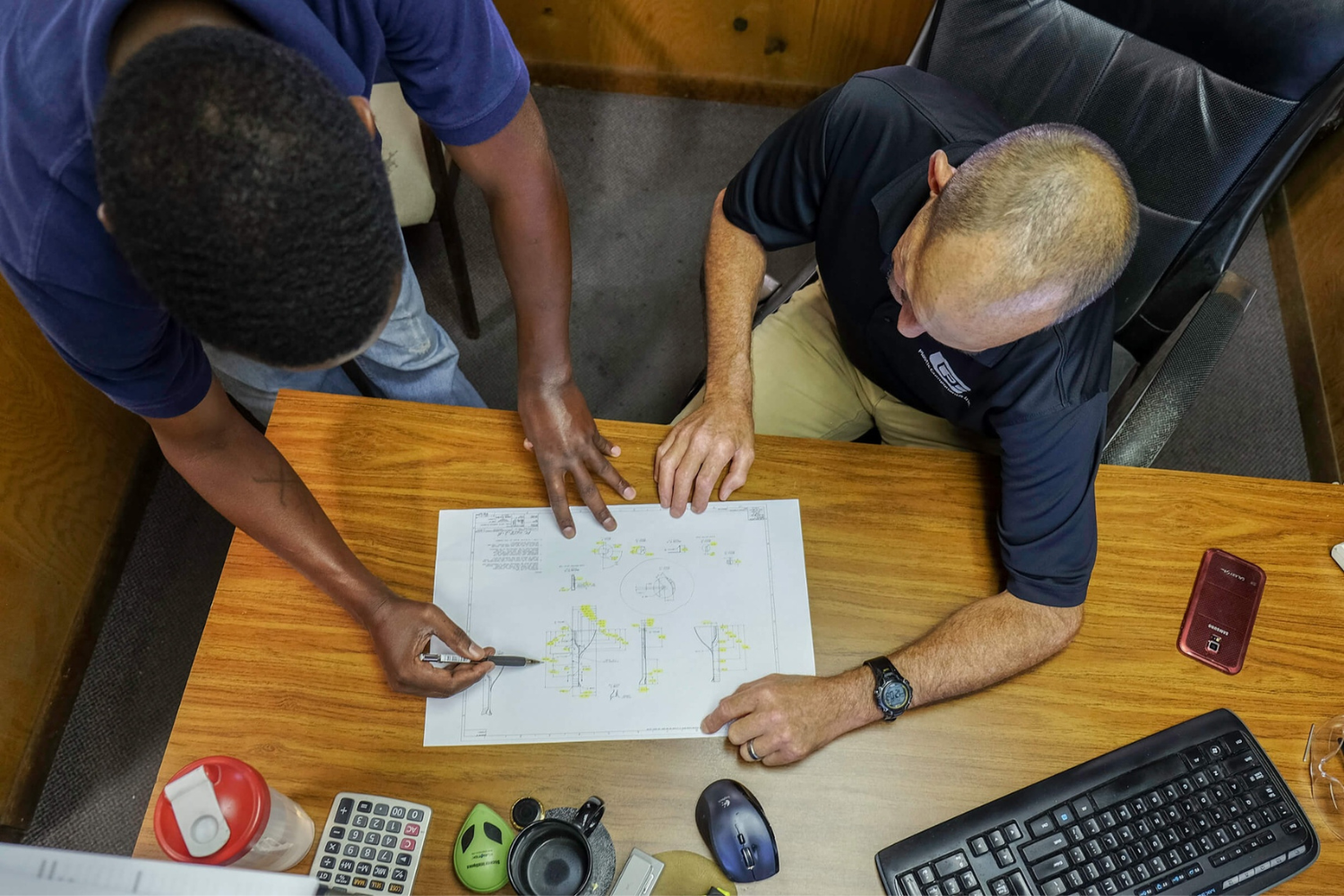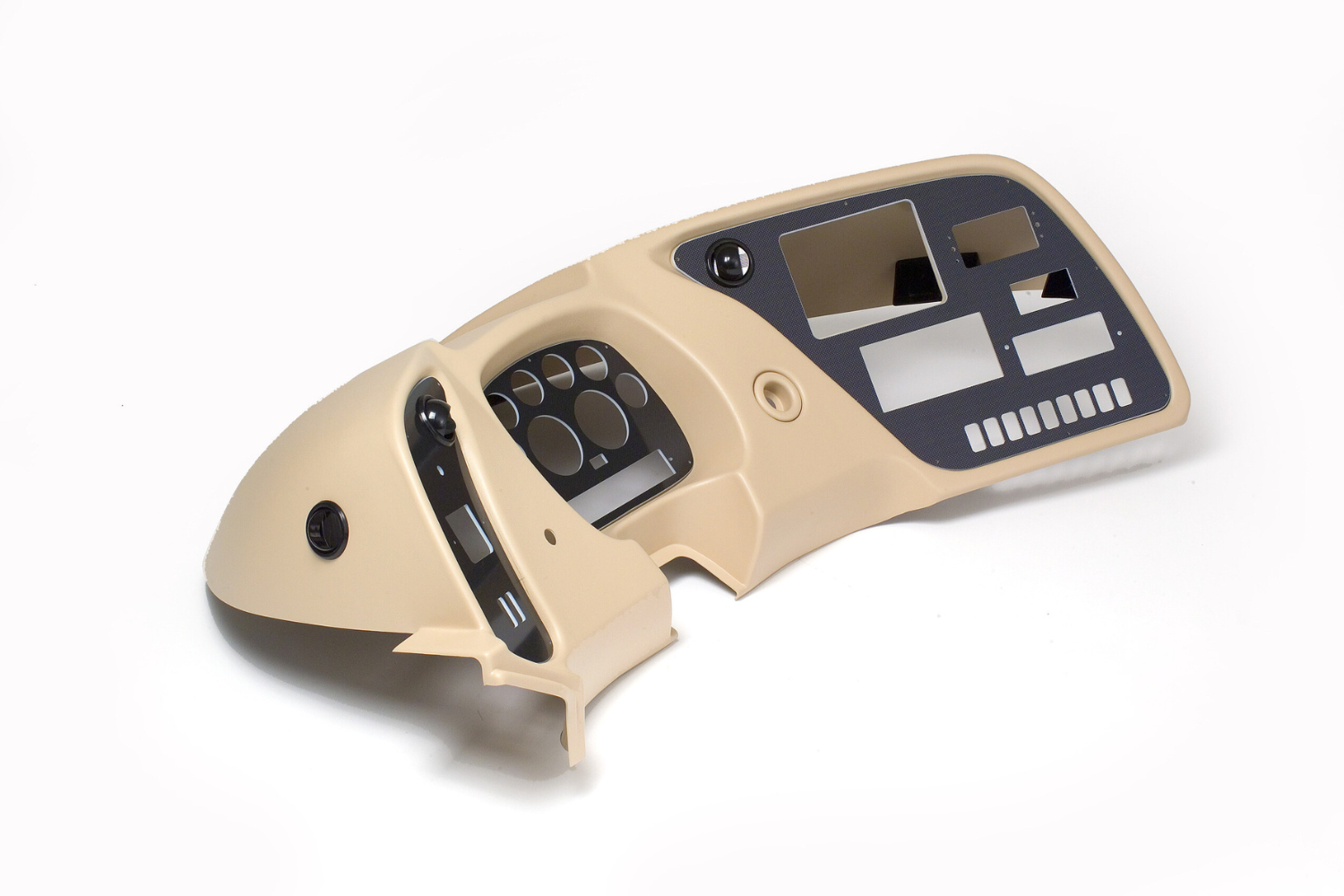When manufacturing parts with specific geometries, especially in industries like product displays, covers, and guards, selecting the correct process is crucial for ensuring functionality and cost-effectiveness.
 Two standard methods employed in such scenarios are heat bending and thermoforming. In this post, we'll delve into the technical aspects of both processes to help you determine which best suits your requirements.
Two standard methods employed in such scenarios are heat bending and thermoforming. In this post, we'll delve into the technical aspects of both processes to help you determine which best suits your requirements.
Heat Bending
Heat bending, line bending, or hot bending is a straightforward process that involves manipulating thermoplastic materials through controlled heating and bending. Initially, a piece of material is machined into the shape of an "unfolded" part, which essentially resembles the flat layout of the final product.
In cases where the material is thicker, a groove is machined along the areas where bending is required. This groove facilitates the bending process by creating a predetermined bending line.
The sheet of material is then heated in a narrow strip corresponding to the desired bending location. Once heated to the appropriate temperature, it is manually bent to achieve the desired geometry.
Fixtures hold the material in place until it cools and retains the new shape. This heating and bending process can be repeated multiple times to create intricate geometric shapes.
Advantages of Heat Bending
Heat bending offers simplicity and minimal tooling costs compared to other manufacturing processes. The resulting part maintains a uniform thickness throughout, ensuring consistent quality.
Disadvantages of Heat Bending
The manual nature of the process makes it inherently slow, limiting production capacity and increasing labor costs. Corners formed by the union of two cut edges may be weaker unless reinforced by adhesives.
Heat bending is primarily suitable for angular corners, restricting the range of geometrical shapes achievable.
Thermoforming
Thermoforming is a molding operation that involves heating a thermoplastic sheet to its softening point and then stretching it over or into a mold. This process requires the production of molds or tools that define the shape of the final part. There may be some lead time required for setup.
The thermoplastic sheet is heated until pliable and formed over or into the mold cavity, creating the desired shape.
Advantages of Thermoforming
Thermoforming typically offers quicker production times than heat bending, resulting in higher capacity and reduced labor costs. The molding process produces continuous corners, enhancing the strength of the part. Thermoforming also allows for producing parts in more organic shapes, improving aesthetics and accommodating unusual space constraints.
Disadvantages of Thermoforming
Some lead time may be required for tool production before manufacturing begins. Additionally, the thickness of the final part may vary slightly due to the molding process, which may not be suitable for all applications.
Both heat bending and thermoforming offer distinct advantages and disadvantages depending on the specific requirements of your part.
By carefully assessing your project needs in terms of geometry, production volume, and cost constraints, you can decide which process fits your part best.



